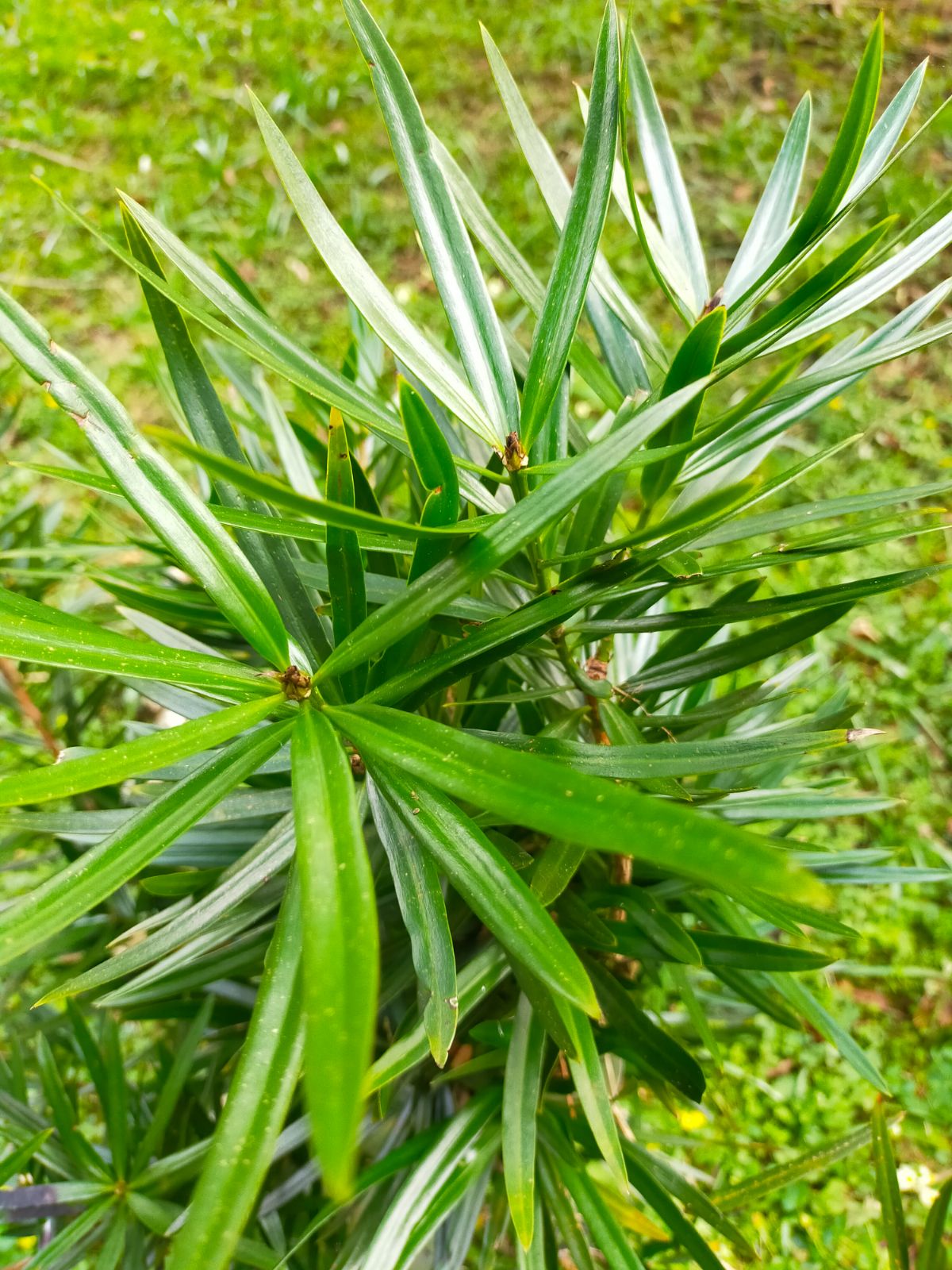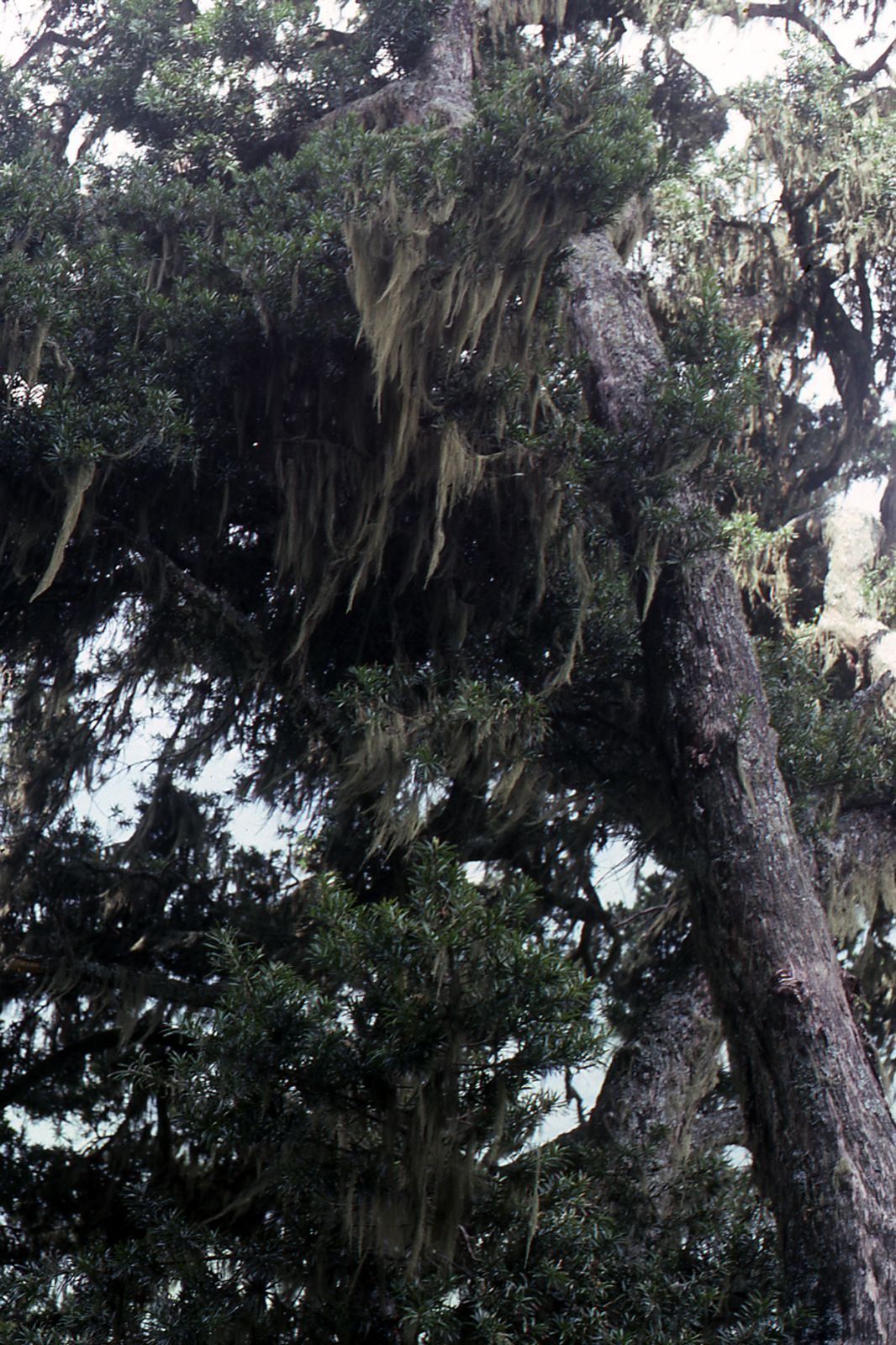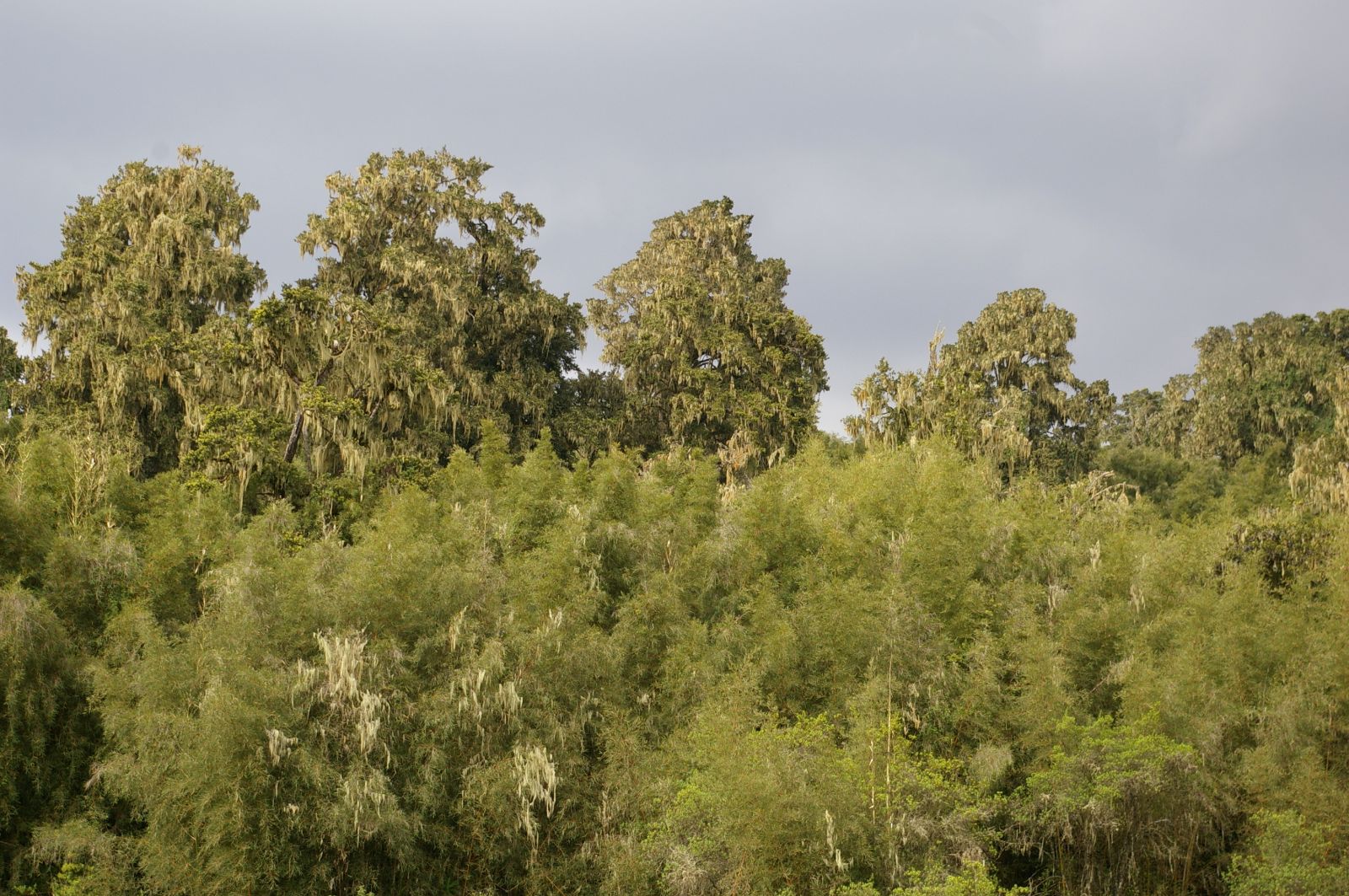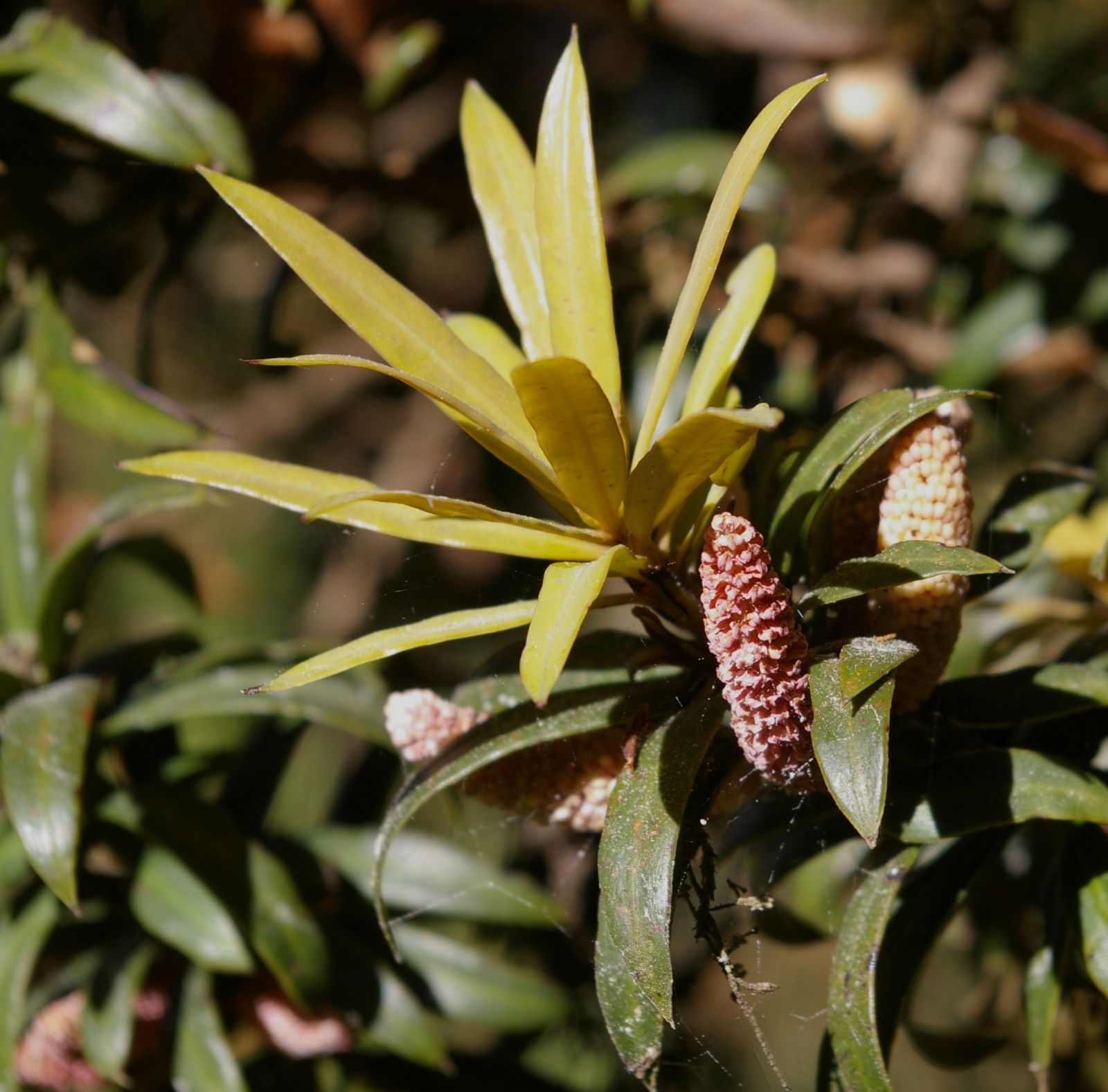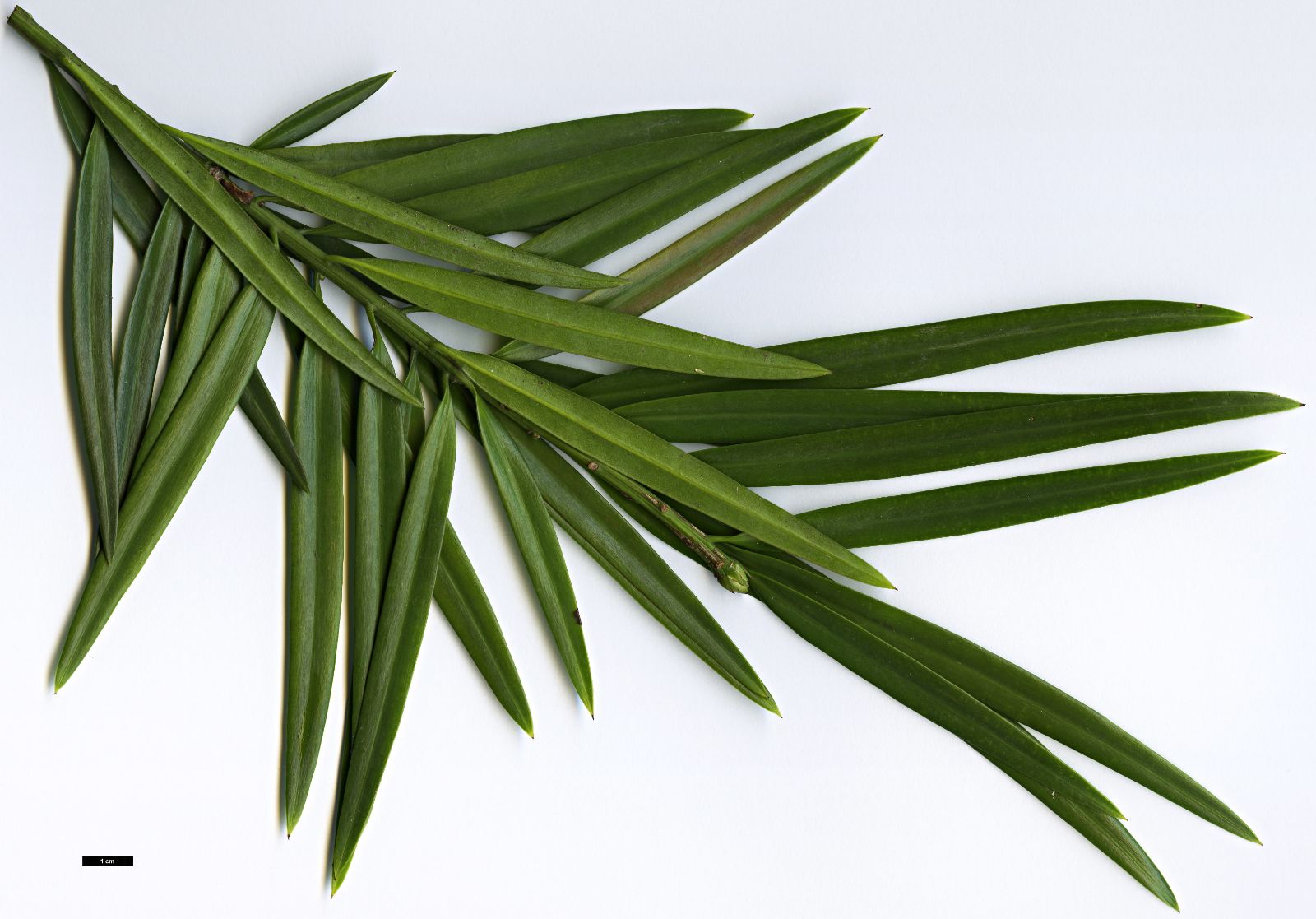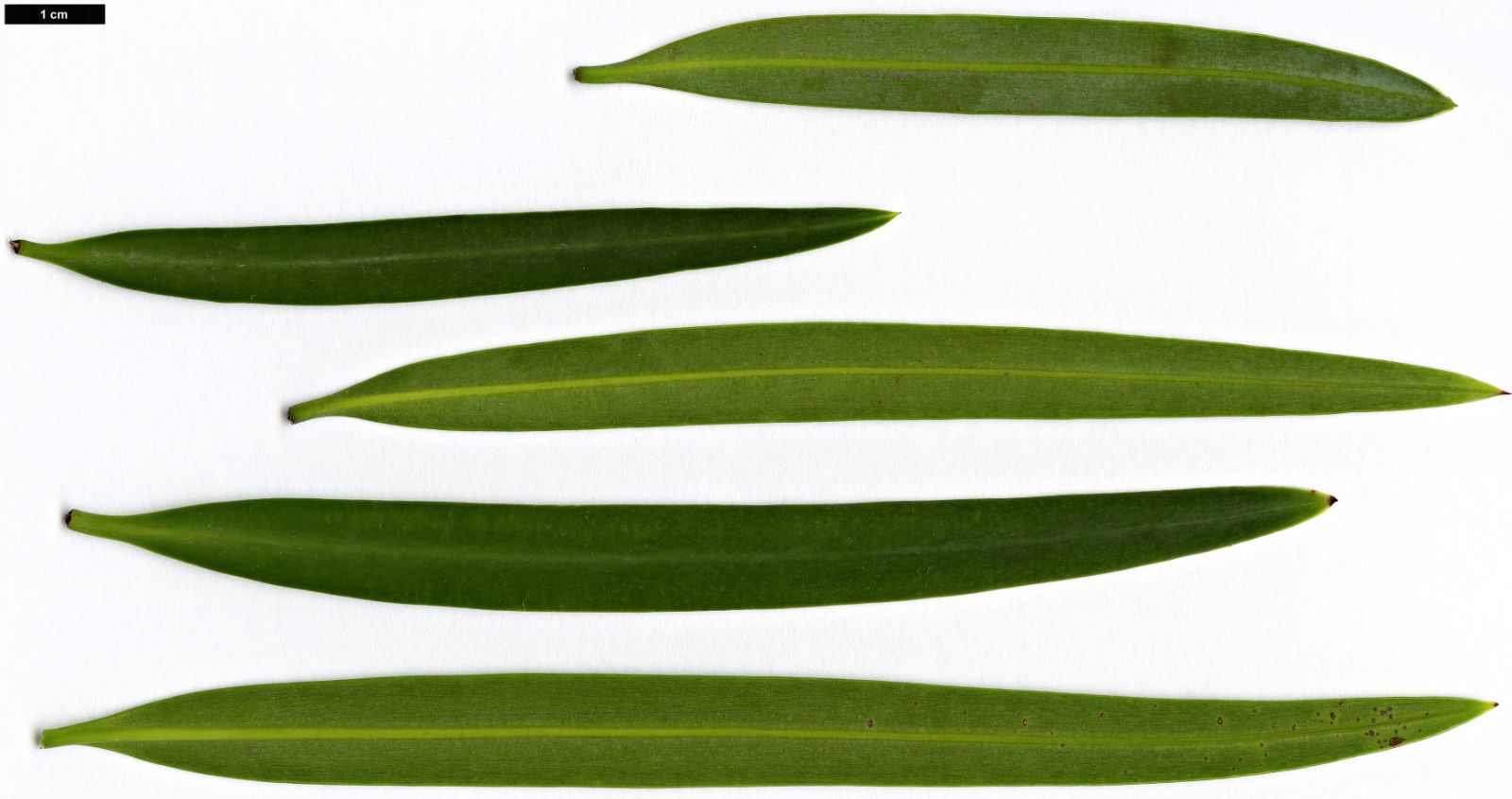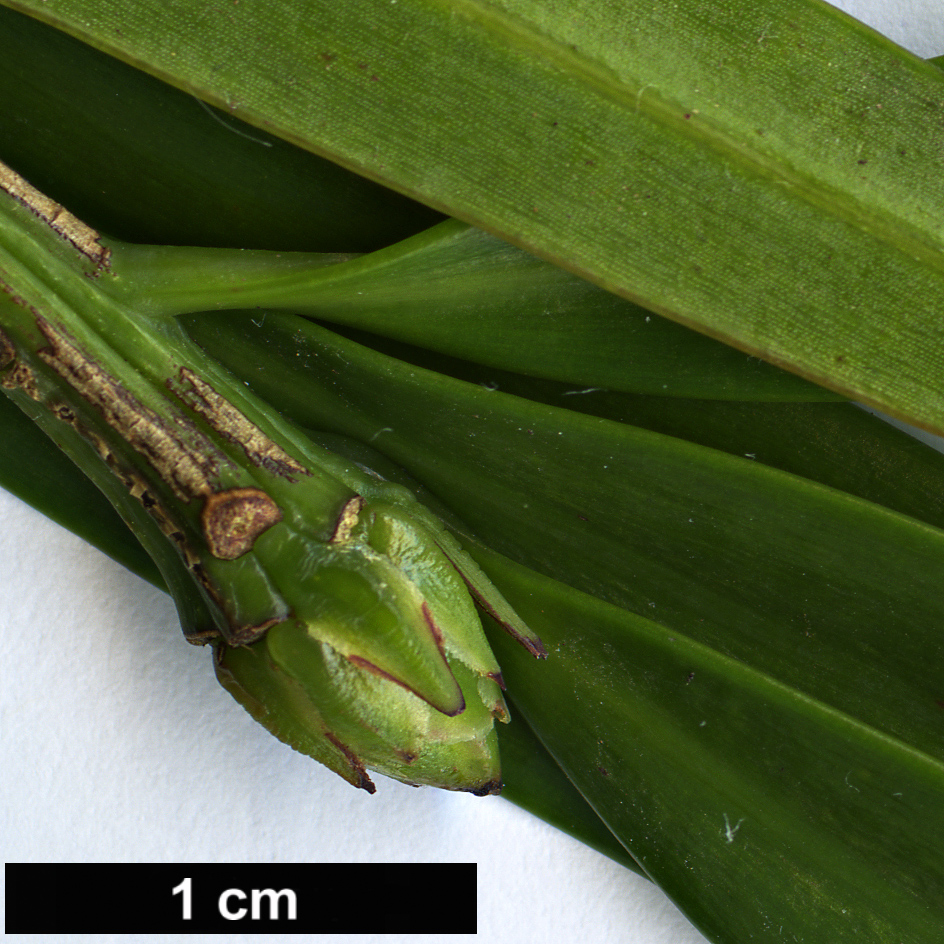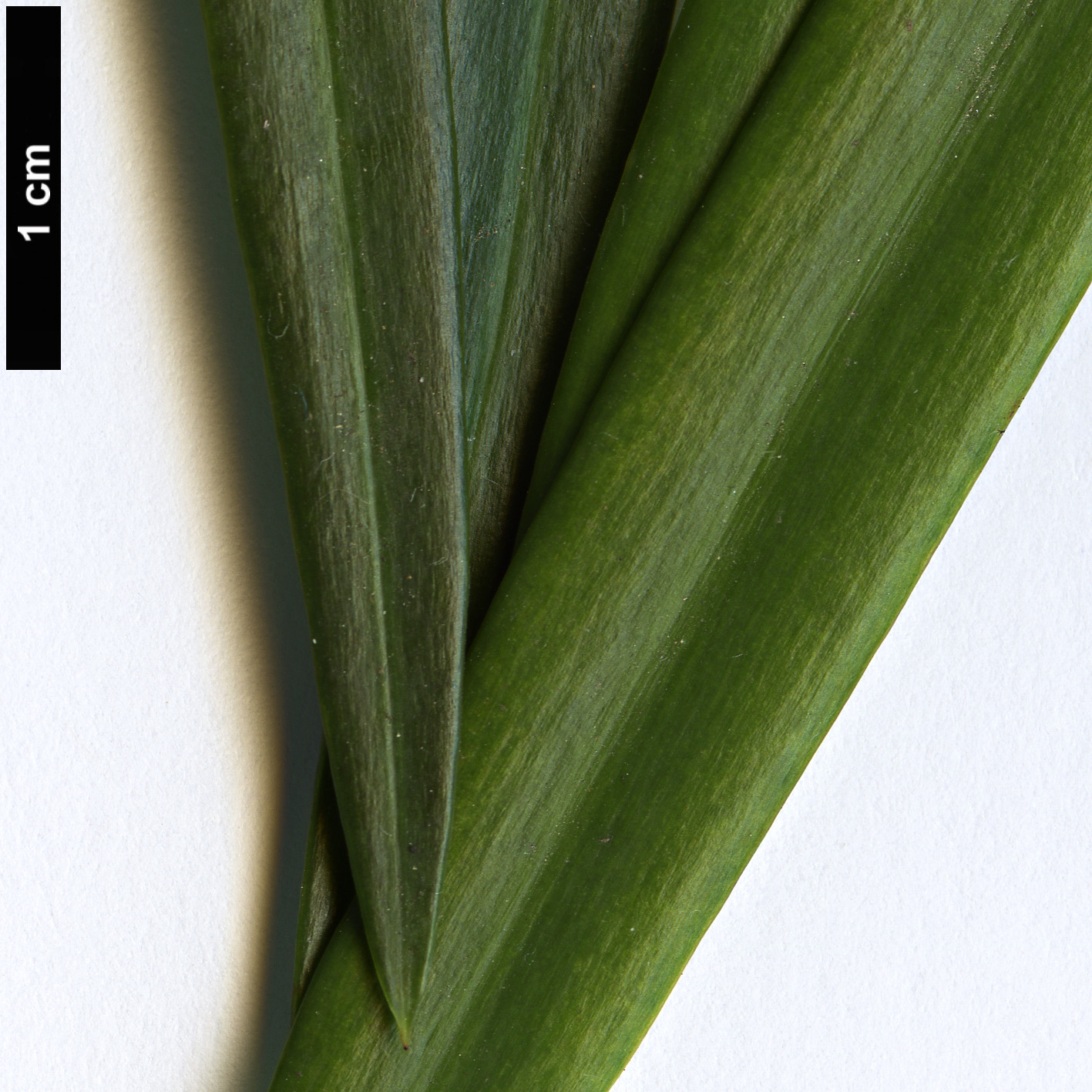Podocarpus milanjianus
Sponsor
Kindly sponsored by
The British Conifer Society in memory of Derek Spicer VMM, founder member.
Credits
Tom Christian (2023)
Recommended citation
Christian, T. (2023), 'Podocarpus milanjianus' from the website Trees and Shrubs Online (treesandshrubsonline.
Genus
Common Names
- Lusamina
Other taxa in genus
- Podocarpus acutifolius
- Podocarpus acutifolius × lawrencei
- Podocarpus acutifolius × nivalis
- Podocarpus acutifolius × totara
- Podocarpus brassii
- Podocarpus costalis
- Podocarpus drouynianus
- Podocarpus elatus
- Podocarpus elongatus
- Podocarpus guatemalensis
- Podocarpus henkelii
- Podocarpus laetus
- Podocarpus laetus × nivalis
- Podocarpus lambertii
- Podocarpus latifolius
- Podocarpus lawrencei
- Podocarpus lawrencei × nivalis
- Podocarpus macrophyllus
- Podocarpus matudae
- Podocarpus nakaii
- Podocarpus neriifolius
- Podocarpus nivalis
- Podocarpus nubigenus
- Podocarpus oleifolius
- Podocarpus parlatorei
- Podocarpus pilgeri
- Podocarpus pseudobracteatus
- Podocarpus salignus
- Podocarpus spinulosus
- Podocarpus totara
Tree to 35 m in forests with a straight trunk to 2(–3.5) m dbh, dwarfed or shrubby in exposed sites at the highest elevations. Bark thin, brown and smooth when young, becoming dark grey, fissured with age, exfoliating in small longitudinal strips. Branches spreading; crown broad, domed in emergent forest trees. Branchlets finely ridged and/or grooved. Terminal buds obtuse, 3–4 mm wide, with a few recurved scales. Leaves varying somewhat between juvenile and adult plants, but more variable based on elevation and exposure: at the highest elevations (>3000 m asl) leaves 1.5–5 cm long; 5–17 × 0.5–1.6 cm on full size trees in forests. Leaves elliptic, lanceolate, linear or somewhat falcate, leathery, base tapering, short-petiolate, margins flat or minutely revolute, apex acute; upper surface vibrant green with raised midrib in the lower half at least, set within a fine groove <0.5 mm wide; lower surface dull green or glaucous with a more prominent midrib along the length of the lamina, with two bands of irregular stomatal lines either side. Pollen cones solitary, sessile or sub-sessile, cylindrical, 30–40 × 3–3.5 mm at maturity. Seed cones solitary on slender peduncles c. 10 mm long, with 2 bracts which fuse to become a swollen, fleshy receptacle, 10–13 × 7–9 mm, glaucous green at first, ripening glossy red. Seed including the epimatium ovoid to globose, green or whitish pruinose at first, maturing dark purple, c. 8 × 10 mm. (Farjon 2017).
Distribution Angola Burundi Cameroon Republic of the Congo Democratic Republic of the Congo Kenya Malawi Mozambique Nigeria Rwanda South Sudan Tanzania Uganda Zambia Zimbabwe
Habitat Mixed evergreen montane forests from 900–3250 m asl. In a few areas it may co-dominate with Juniperus procera and at its highest elevations it forms part of a forest community dominated by montane Ericaceae.
USDA Hardiness Zone 9-10
RHS Hardiness Rating H2
Conservation status Least concern (LC)
Podocarpus milanjianus is widespread throughout tropical Africa, on both sides of the equator and in eastern and western areas: it is a classic tree of the Afromontane Archipelago, with wide disjunctions between its current locations on the higher mountains, though it also occurs in some lowland swamp forests (White 1983). On Kilimanjaro, Tanzania, where it was studied by John Grimshaw, it occurs principally in the cloud forest from about 2400 m, and is the dominant large tree in the upper levels of the forest, ultimately replacing the early successional Hagenia abyssinica and Erica excelsa (Grimshaw 1996). Frequently clad in a dense covering of Usnea lichen, it is a characterful tree, and the fruits are popular with fructivorous birds such as turacos and parrots. The latter, at least, travel widely between mountain areas, and are potential dispersal agents for the seeds of Podocarpus and other Afromontane trees. P. milanjianus has been heavily exploited where accessible, and it remains an important timber tree throughout its range, valued for its versatile, even grained and easily worked wood (Farjon 2017).
Several attempts have been made to introduce it to temperate gardens but none has achieved the same success as for Juniperus procera, introduced to Britain in significant quantity from the Kenyan highlands in 2009 and now established in multiple collections across the UK and Ireland. Material at Tregrehan (Cornwall, UK, accession 200600183) traceable to the locus classicus of Mt Mulanje in SE Malawi is not P. milanjianus but probably Afrocarpus falcatus; a multistemmed tree, it has grown well to c. 5 m (pers. obs. 2022). Another introduction under P. milanjianus, of seed gathered from a street tree in Antsirabe, Madagascar, and present in a handful of only the very mildest gardens in Cornwall, is another Afrocarpus species. The only genuine introduction to Britain (outwith long-established botanic gardens) traced in research for this account is from the Rwenzori Mountains in Uganda. The late Michael Wickenden (1955–2016) of Cally Gardens, Scotland, gathered seed and later donated material to Tregrehan, but this is regularly knocked back by relatively light frosts and killed outright by anything below about –6°C (T. Hudson pers. comm. 2022). Material gathered from its upper altitudinal limits may perform better on the warmest fringes of our area, but even then plants would always live under the constant threat of a sudden cold snap, and it is probably only a viable prospect outdoors in collections and gardens beyond our study area, in southern California, southern Europe, Australia, and so on, but probably only in cool damp places.

